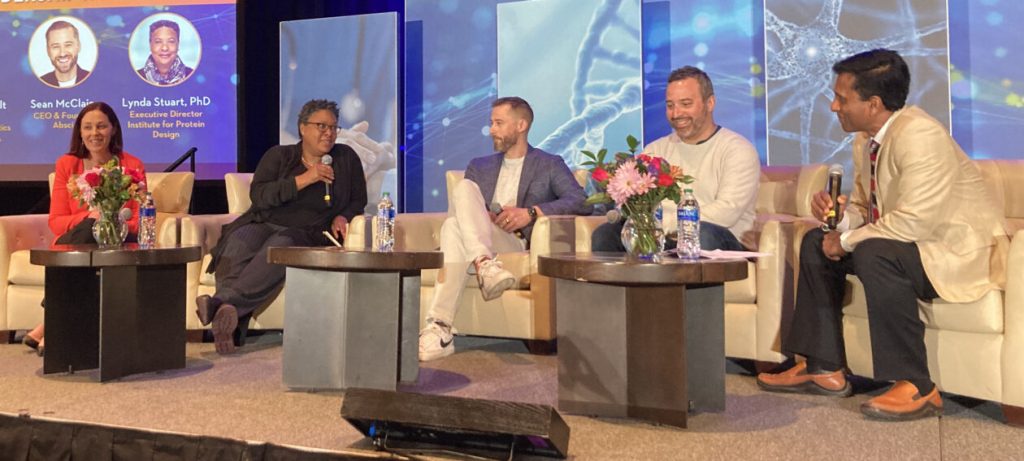The panel at the Life Science Innovation Northwest 2024 event in Seattle discussed the impact of AI on the biopharma industry, highlighting the culture of collaboration in the Pacific Northwest as a key driver of innovation. Lynda Stuart from the Institute for Protein Design (IPD) at the University of Washington pointed out the region’s computational resources and biotech expertise, along with a strong culture of sharing and collaboration. The IPD plays a central role in this ecosystem, developing open-source AI tools for protein-based therapeutics, materials, and vaccines. Major tech companies like Microsoft have also invested in the area, releasing open-source models for protein generation.
The use of AI in biopharma extends beyond protein design, with companies like Bristol Myers Squibb using machine learning to match patients for clinical trials and conduct virtual trials. Danielle Greenawalt from BMS discussed how AI tools like ChatGPT are streamlining protocols and consent forms, enabling faster and cheaper drug development. Sean McClain of Absci, a biotech company in Vancouver, emphasized the growing ability to predict biological properties of therapeutics, thanks to advances in computational design. Much of this progress stems from research in Washington state, creating a unique and innovative environment for biotech companies in the region.
Panelists highlighted the importance of generating, standardizing, and sharing biological data to enhance AI models in the biopharma industry. Efforts like pre-competitive consortiums and data-sharing initiatives are helping companies leverage proprietary data and open-source AI models. Jonathan Cohen from NVIDIA discussed a business model where companies add their data and expertise to open-source platform tools, creating a shared community foundation for innovation. This approach, akin to NVIDIA’s AI-powered chip design system, is seen as economically beneficial for the life sciences industry.
The role of publicly-funded universities, like the IPD, in developing platform models for AI innovation was emphasized by Lynda Stuart. These models, grounded in academic research and collaboration, offer a unique asset to the region and beyond. Stuart acknowledged the ongoing debate within the industry about balancing data ownership with sharing for collective advancement. The implications of this debate extend to the emergence of new companies, as data becomes a valuable commodity around which businesses are built. The panel emphasized the importance of finding a balance between proprietary data and collaborative sharing to drive innovation in the life sciences ecosystem.
Overall, the panel discussion at the Life Science Innovation Northwest event shed light on the transformative impact of AI on the biopharma industry in the Pacific Northwest. From protein design to clinical trial optimization, AI tools are revolutionizing drug discovery and development processes, enabling faster and more cost-effective innovation. The collaborative culture, open-source initiatives, and a balance between proprietary data and shared resources are shaping new business models and driving advancements in the field. With continued investment in AI, data sharing, and collaborative research, the region is poised to remain a hub of innovation in the biotech sector.














